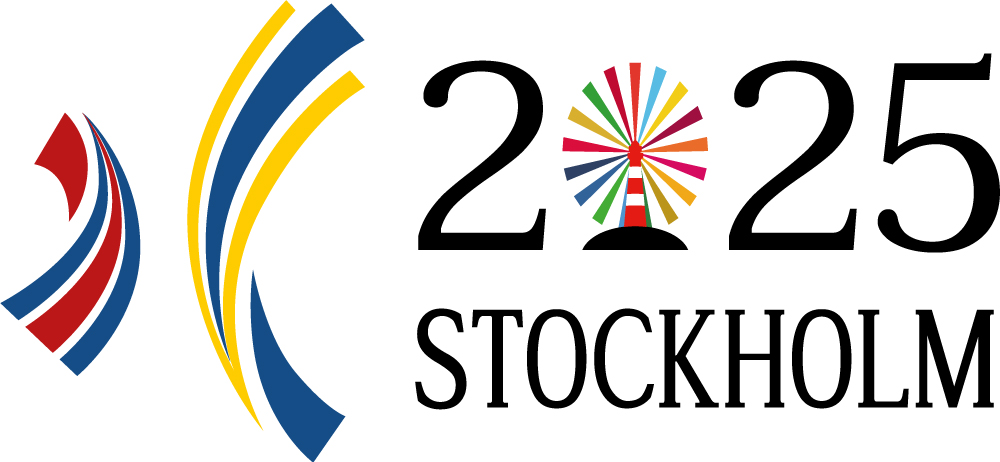
4.06 New insights for orthotic and prosthetic alignment from research with wearable sensors
- 25/04/2023 | 4:30 PM - 5:45 PM
-
Tlaquepaque, Second floor
- 0 Days
- 0 Hours
- 0 Minutes
- 0 Seconds
Description
Abstract
Over a decade of research into orthotic and prosthetic gait optimization through controlled alignment will be presented. Findings from this peer-reviewed, published research will be used to illuminate new insights into the alignment process of lower limb mobility aids that will enhance the traditional observational gait analysis used in clinics today.
Wearable, wireless gait instruments have been created that do not greatly add to the mass or bulkiness of ankle foot orthoses (AFO) or transtibial prostheses being used by a patient. The design, performance, and validation of the wearable gait instrumentation developed will be described as well as their intended purpose as clinical tools to provide orthotists and prosthetists with real-time quantitative feedback on kinetic and kinematic measures of gait throughout alignment.
Artificial intelligence techniques analyze the wearable sensor data to help guide the orthotist/prosthetist by transforming the quantification of gait into the interpretation of function in a clinically meaningful way. Attendees will learn how the data are wirelessly streamed to custom tablet apps for visualization, interpretation, and reporting by the clinician. Video examples of real AFO and transtibial prosthesis patient interactions during gait optimization will be presented.
Statement of the objective / learning objectives
Participants will be able to interpret kinetic and kinematic effects of changing alignment on an articulated AFO and a transtibial prosthesis as measured by embedded wearable sensor systems. Strategies for gait optimization will be taught.


